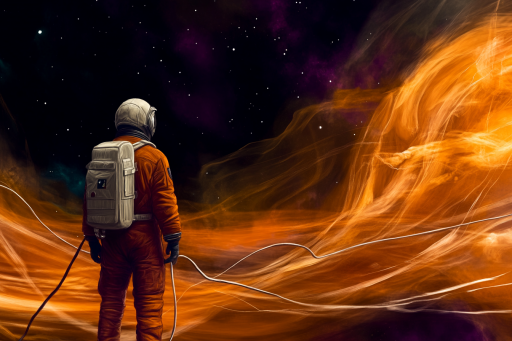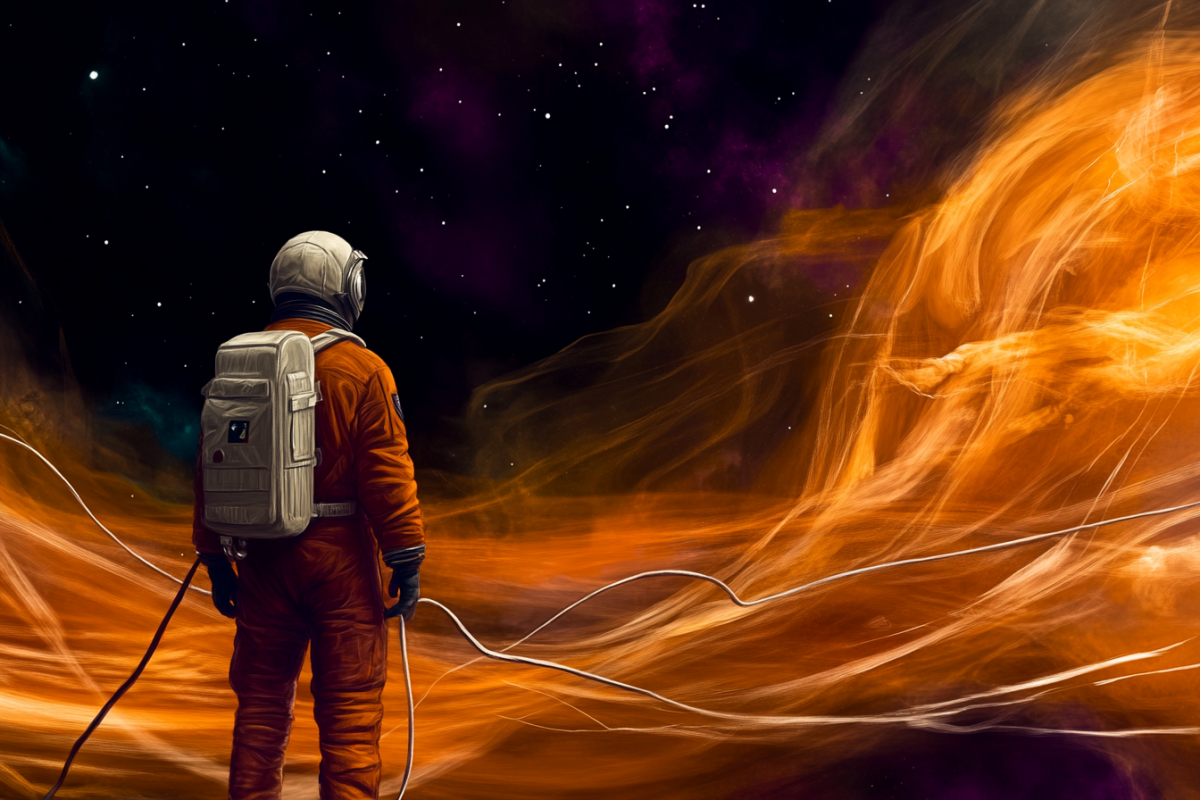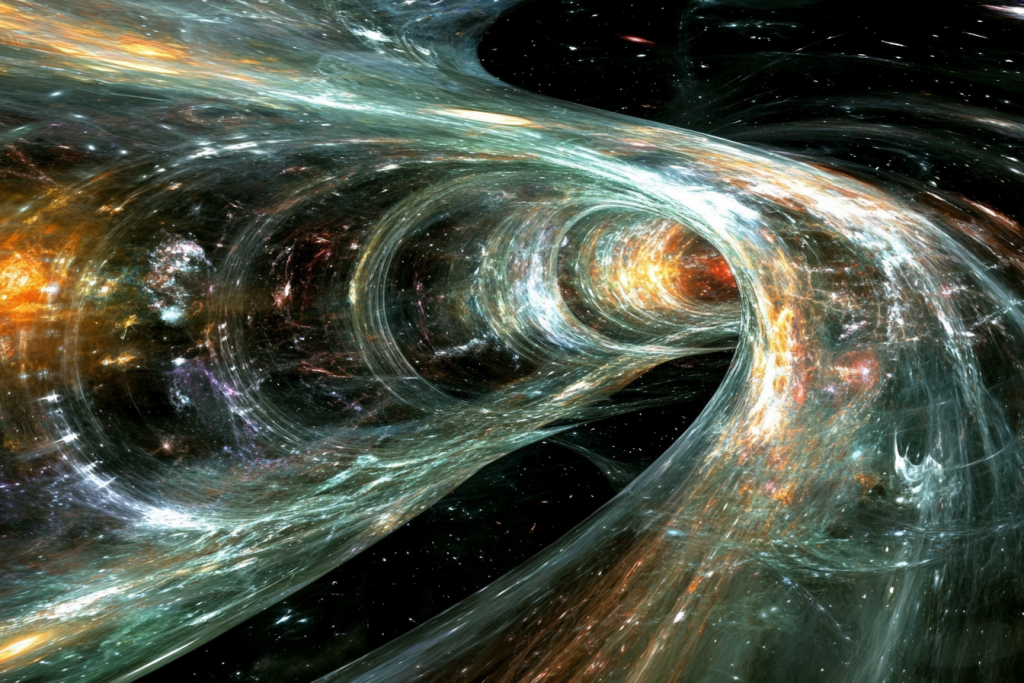
The universe is vast, mysterious, and filled with phenomena that defy our understanding. From bizarre cosmic signals to physics-breaking celestial objects, scientists are constantly uncovering strange anomalies that challenge everything we thought we knew. Some of these cosmic oddities hint at hidden forces at work, while others suggest gaps in our fundamental understanding of space and time. As technology advances, we may get closer to answers—but for now, these mind-bending mysteries remain unsolved.
The Great Attractor: A Hidden Force Pulling Galaxies

Deep in the universe, a gravitational anomaly known as the Great Attractor is pulling entire galaxies toward it—including our own Milky Way. Yet, its true nature remains obscured behind thick cosmic dust, leaving astronomers guessing at what lies beyond. Some theories suggest a supercluster of unseen mass, while others hint at exotic physics defying our current models. Whatever it is, its immense pull is undeniable, raising questions about what might lurk in the universe’s darkest corners.
The Dipole Repeller: A Cosmic Push We Can’t Explain

While the Great Attractor pulls, an equally perplexing force appears to push. The Dipole Repeller is an immense void in space that seems to be repelling galaxies away, as if an invisible hand is forcing the universe apart. This mysterious effect defies simple gravitational explanations, leaving scientists wondering whether it hints at a fundamental flaw in our cosmic models. Could it be the imprint of a force we have yet to understand, or something stranger lurking in the void?
Tabby’s Star: The Alien Megastructure Hypothesis

Among the thousands of stars we observe, one behaves so strangely that it has sparked speculation of an advanced extraterrestrial civilization. Tabby’s Star exhibits irregular dimming patterns that don’t match known planetary transits or stellar activity. Some suggest it could be surrounded by a colossal artificial structure, like a Dyson sphere harvesting its energy. While natural explanations like dust clouds have been proposed, none fully account for its baffling behavior—leaving room for the possibility of something truly extraordinary.
The Impossible Star That Shouldn’t Exist

Deep in the cosmos, a white dwarf star named LP 40-365 defies the laws of physics by moving at speeds suggesting it survived a supernova explosion. According to current models, this shouldn’t be possible—stars like this should be obliterated entirely. Its existence forces astronomers to reconsider everything they know about stellar death and rebirth. Could it be the first known remnant of an unknown type of stellar detonation, or something even stranger?
Dark Flow: A Mysterious Motion Beyond Our Universe

Galaxies should move in predictable patterns based on the forces we know—but a strange phenomenon known as Dark Flow suggests otherwise. A cluster of galaxies appears to be drifting in a specific direction at immense speed, as if pulled by an unseen force beyond the observable universe. Some physicists speculate it could be the influence of another universe pressing against our own. If true, it would be the first evidence that we are not alone in the vast multiverse.
The Cosmic Cold Spot: A Void in the Universe

One region of the universe is inexplicably colder than the surrounding cosmic microwave background radiation, and scientists have no clear explanation. Some suggest it could be the result of a massive supervoid—an emptiness in space stretching across billions of light-years. Others propose something more exotic, such as the imprint of another universe colliding with ours. If this strange cold patch holds secrets, it could rewrite our understanding of cosmic evolution.
Fast Radio Bursts: Signals from the Unknown

Mysterious bursts of radio energy are bombarding Earth from deep space, and no one knows what’s causing them. These Fast Radio Bursts (FRBs) last mere milliseconds, yet release as much energy as the Sun produces in an entire day. Some originate from distant galaxies, while others repeat in erratic patterns, leading to speculation about everything from neutron stars to alien transmissions. Until we decipher their true origin, these bursts remain one of astronomy’s greatest puzzles.
The Giant Arc: A Structure That Shouldn’t Exist
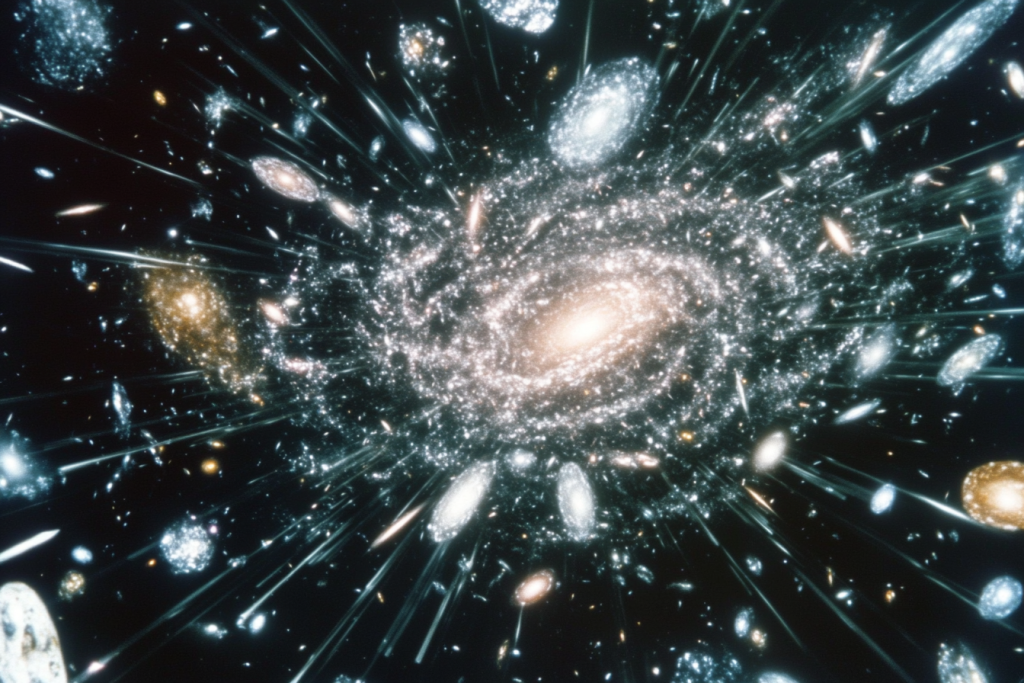
Spanning 3.3 billion light-years across, the Giant Arc is a massive arrangement of galaxies, gas, and dark matter that challenges the fundamental principle that the universe is uniform on large scales. According to current cosmological theories, structures of this magnitude shouldn’t be able to form. Its discovery suggests that our understanding of the universe’s large-scale structure may be incomplete. Could this be the key to uncovering new cosmic laws?
The Impossible Planet That Defies Physics

Exoplanet K2-18b sits in the habitable zone of its star, yet its atmospheric composition suggests it shouldn’t support life as we know it. Some astronomers believe it might host an ocean beneath a hydrogen-rich atmosphere, unlike anything seen before. Others argue it defies planetary formation models entirely, suggesting something new about how worlds evolve. If life exists here, it could redefine our understanding of habitability in the cosmos.
The Universe’s Missing Antimatter

According to physics, the Big Bang should have created equal amounts of matter and antimatter—but for some reason, our universe is made almost entirely of matter. If antimatter exists in equal proportion somewhere else, why haven’t we found it? Some scientists suspect subtle asymmetries in particle interactions, while others propose that entire antimatter galaxies might be lurking undetected. Until we solve this mystery, the origins of the universe itself remain in question.
The Great Void: A Cosmic Desert
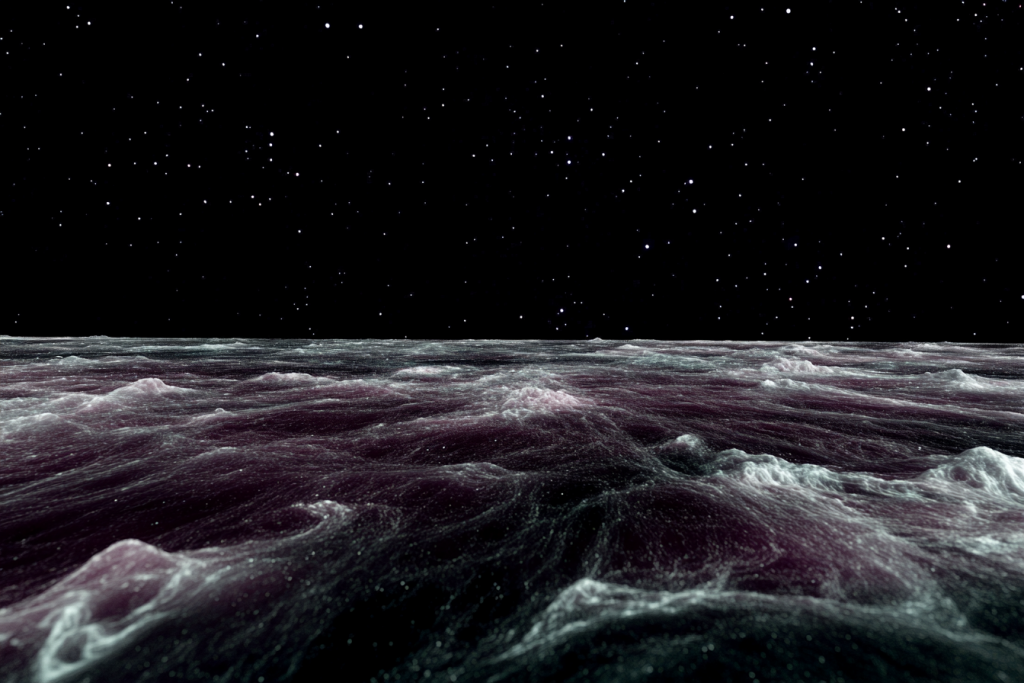
Most of the universe is filled with galaxies, gas, and dark matter—but the Boötes Void is a vast, nearly empty region stretching 330 million light-years across. If the universe were a city, this would be an abandoned district where nothing seems to have formed. Some theorists believe it could be evidence of an ancient cosmic event that swept matter away, while others entertain the idea of advanced civilizations engineering the emptiness. Whatever the reason, this void is a reminder that the cosmos is anything but uniform.
The Dark Matter Deficiency Paradox

Dark matter is thought to make up most of the universe’s mass—yet, astronomers have discovered entire galaxies that seem to lack it completely. This challenges everything we know about galaxy formation, as dark matter is considered the scaffolding that holds galaxies together. If these galaxies truly exist without it, our entire framework of cosmology may need an overhaul. Is dark matter misunderstood, or is something else shaping the cosmos in ways we can’t yet explain?
The Quantum Vacuum: A Seething Sea of Energy

Space is often thought of as empty, but the quantum vacuum tells a different story—one where energy flickers in and out of existence. Tiny particles spontaneously appear and vanish within fractions of a second, defying classical physics and hinting at a deeper, hidden reality. Some physicists believe this quantum foam could be the key to understanding dark energy, or even unlocking new dimensions of space-time. If we could harness its power, it might lead to breakthroughs in energy and interstellar travel—yet for now, it remains one of the strangest cosmic mysteries.
The Universe Is Stranger Than We Can Imagine
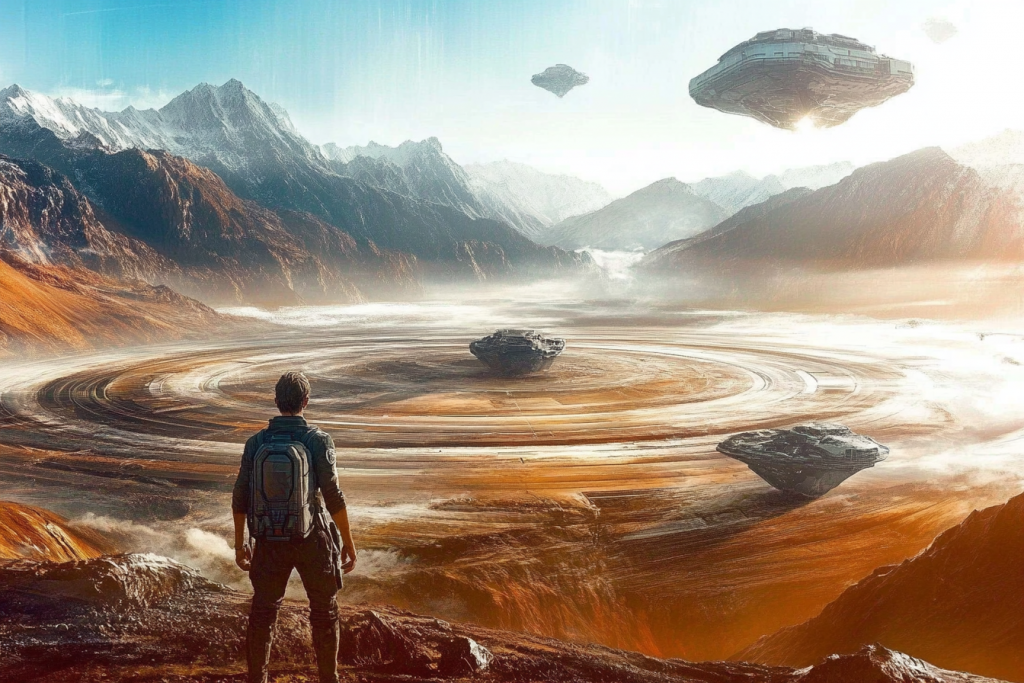
For every mystery we solve, the cosmos presents us with new ones that leave scientists scratching their heads. These anomalies challenge the very fabric of physics, hinting at hidden forces, undiscovered particles, or even new dimensions beyond our reach. Whether the answers lie in advanced technology, deeper observations, or theories yet to be conceived, one thing is clear: the universe is far weirder than we ever thought. Perhaps the greatest anomaly of all is that we are here to observe it.

